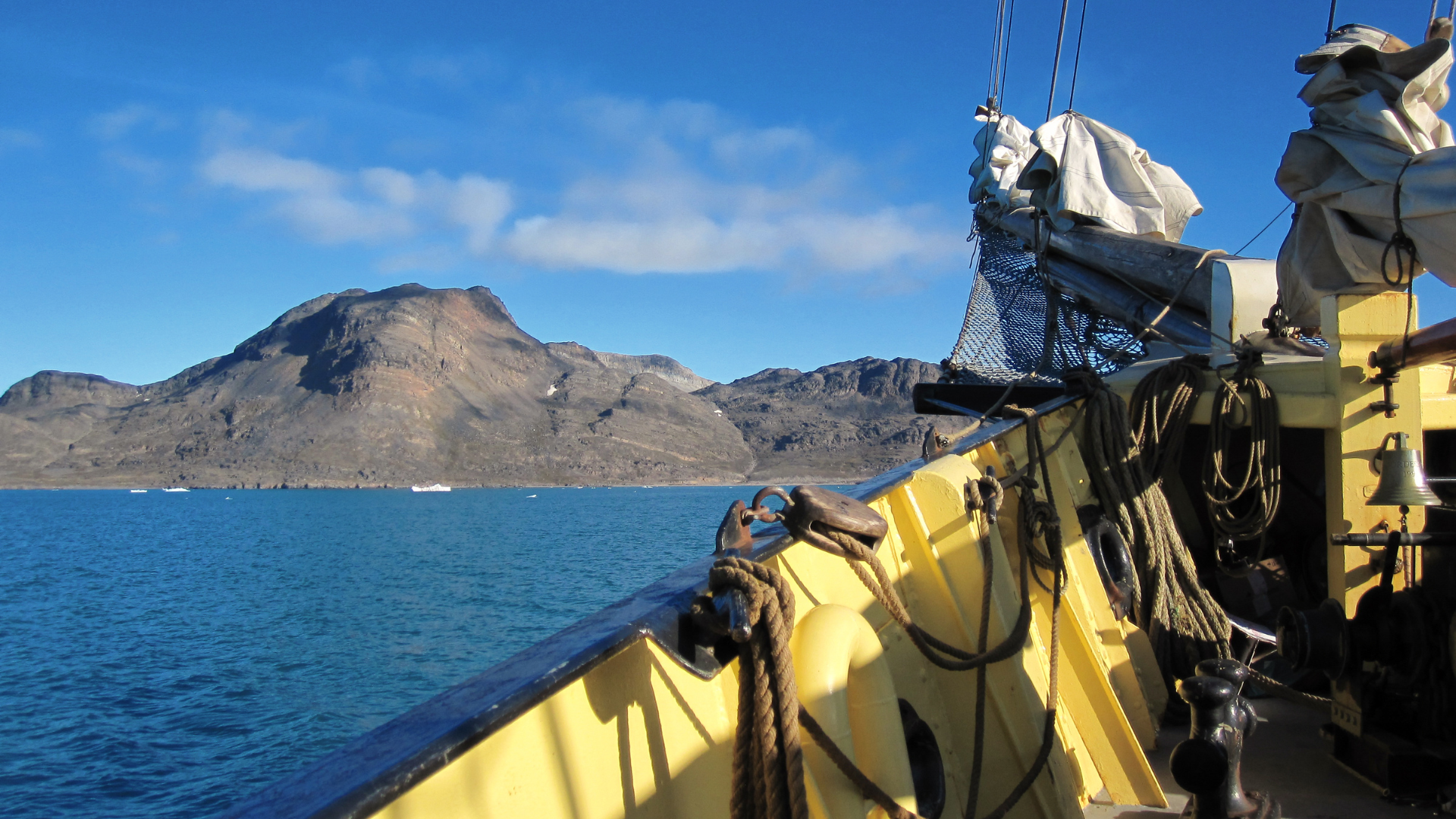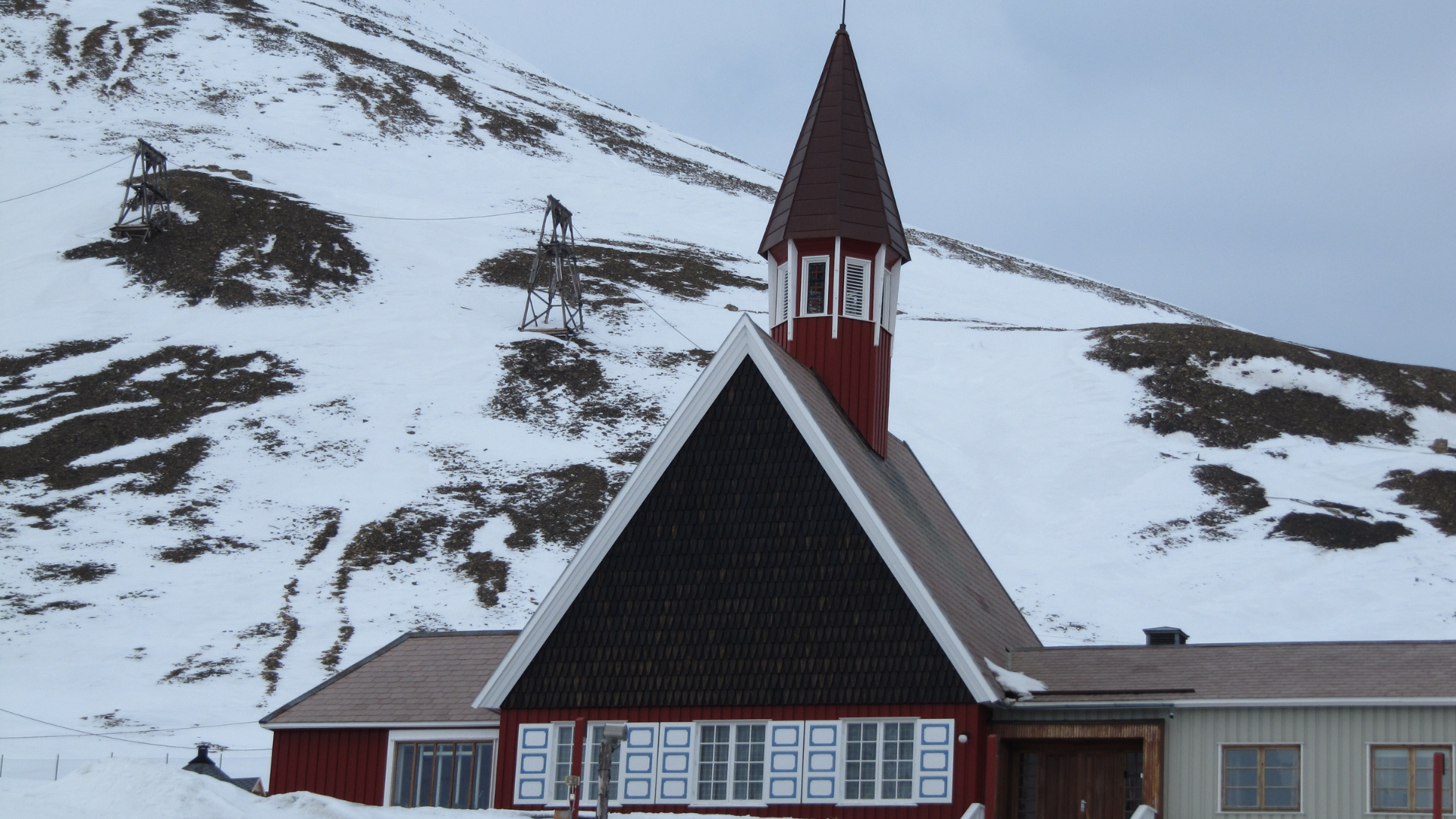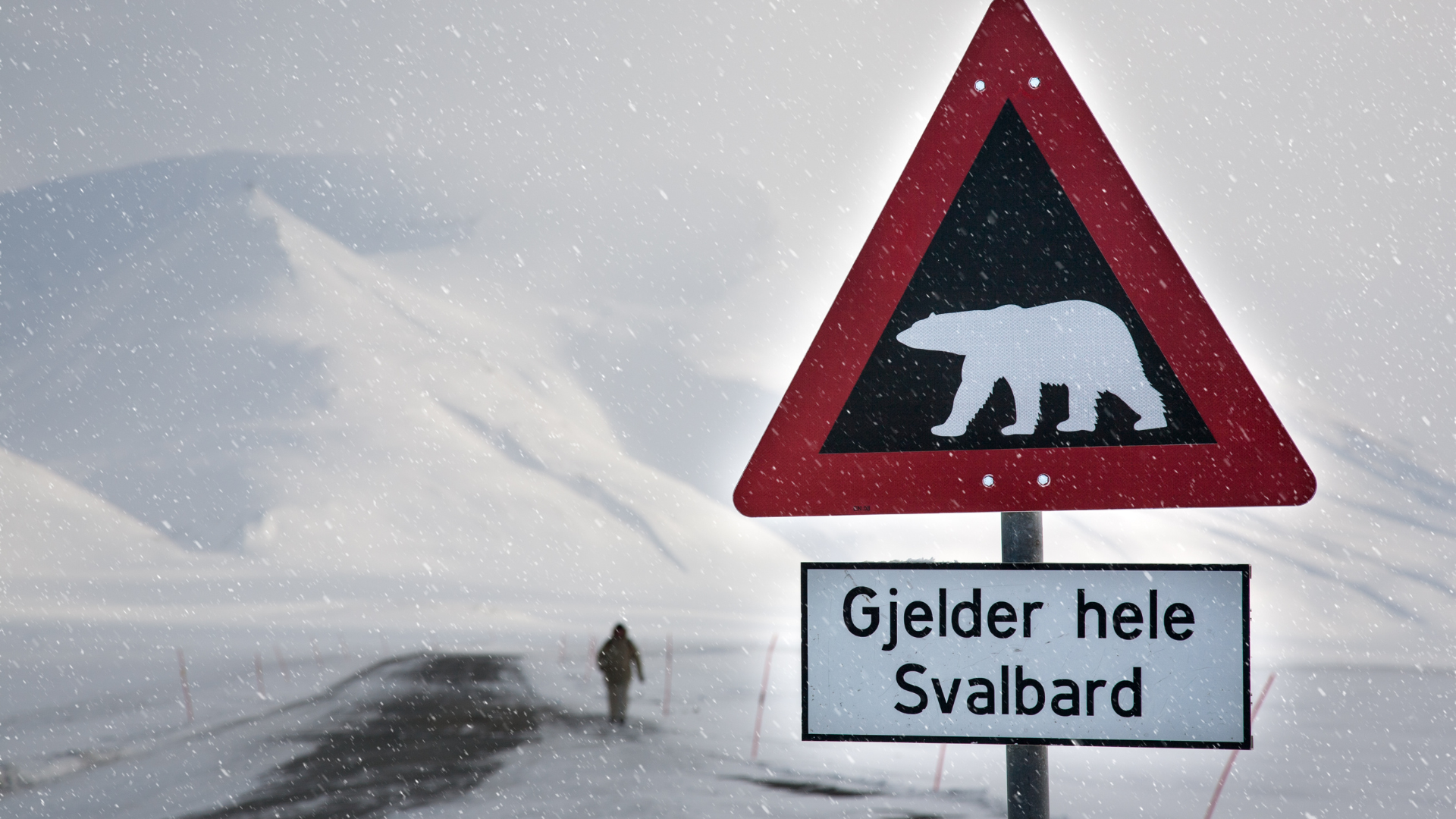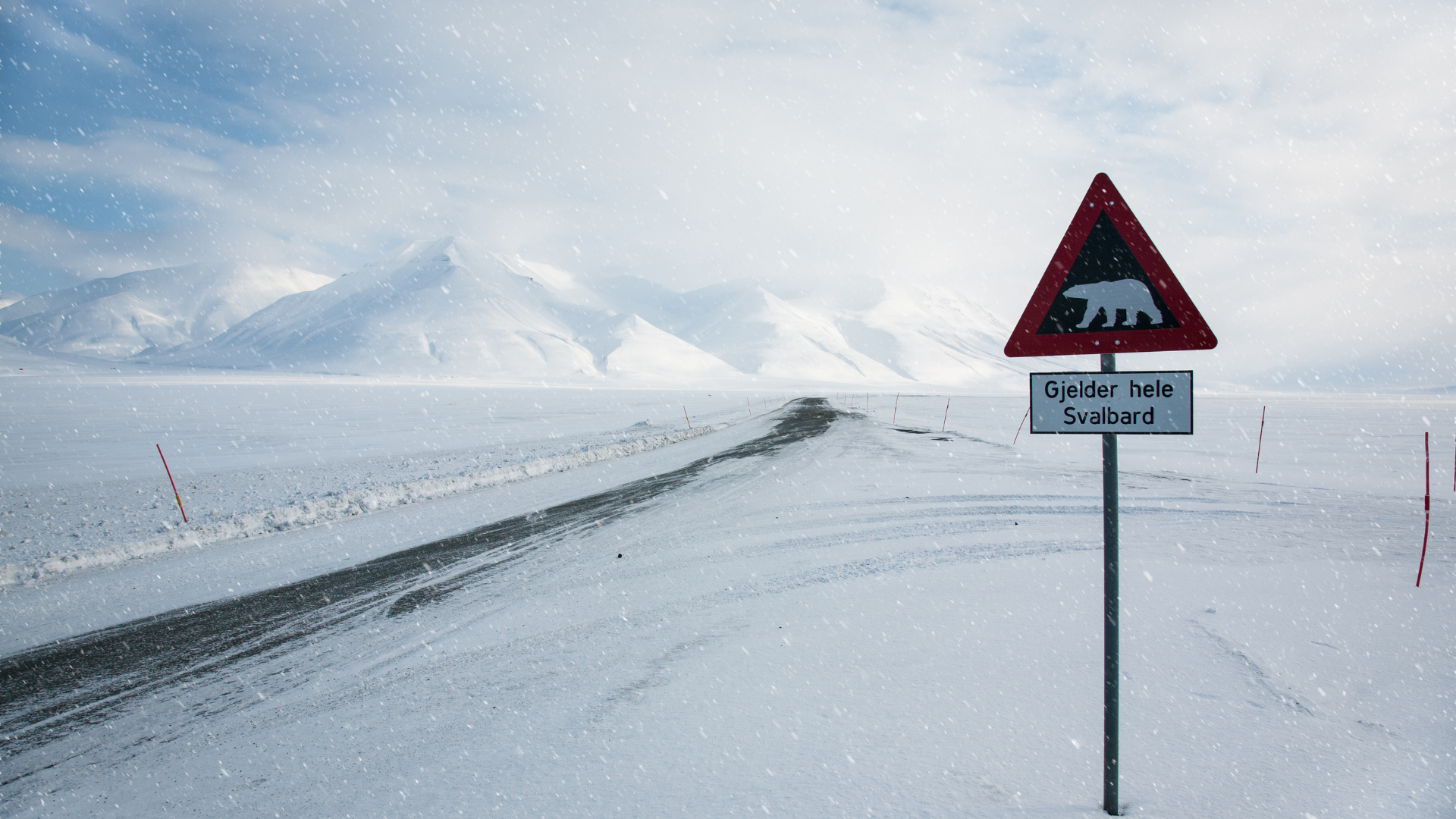How to Arrive to Spitsbergen
How to Arrive to Spitsbergen

Spitsbergen, the largest island in the Svalbard archipelago, offers a unique Arctic adventure for travelers seeking pristine wilderness, abundant wildlife, and spectacular landscapes. However, due to its remote location within the Arctic Circle, planning a trip to Spitsbergen requires careful consideration of travel logistics. Here’s a comprehensive guide on how to arrive in Spitsbergen.
Most visitors to Spitsbergen start their journey by flying into Longyearbyen, the main settlement on the island. Longyearbyen is serviced by Svalbard Airport (LYR), which is the northernmost airport in the world with scheduled public flights. To reach Longyearbyen, you’ll typically need to take a connecting flight from one of the major Norwegian cities, such as Oslo or Tromsø. Both Norwegian Air and SAS operate regular flights to Longyearbyen, especially during the peak tourist seasons of summer and winter.
Booking your flights well in advance is advisable, as seats can fill up quickly, and prices tend to rise as the departure date approaches. During the high season, there may be multiple flights per day, while off-season flights might be less frequent. Using flight comparison websites and setting up fare alerts can help you find the best deals on airfare.
Once you arrive at Svalbard Airport, getting to Longyearbyen is straightforward. The airport is located approximately 3 kilometers from the town center. Most accommodations offer airport transfer services, which can be arranged prior to your arrival. Alternatively, there is a regular shuttle bus service that meets all incoming flights and drops passengers at various hotels and guesthouses in Longyearbyen. Taxis are also available, but they tend to be more expensive.
For those interested in a more adventurous arrival, consider taking a cruise to Spitsbergen. Several cruise lines offer Arctic expeditions that include Spitsbergen as part of their itinerary. These cruises typically depart from ports in Norway or other Northern European countries and offer a unique perspective on the Arctic, allowing travelers to experience the region’s breathtaking coastal scenery and wildlife from the comfort of a ship. While cruising can be more expensive than flying, it provides a comprehensive Arctic experience and can include guided excursions and educational programs.
If you prefer traveling overland and have more time, an option is to drive or take a train to the northern Norwegian city of Tromsø and then catch a flight to Longyearbyen from there. Tromsø is well-connected by road and rail to other parts of Norway and offers an array of cultural and natural attractions that can be explored before your onward journey to Spitsbergen. This route can be particularly appealing if you want to experience more of Norway’s stunning landscapes and vibrant cities en route to your Arctic adventure.
Traveling to Spitsbergen involves more than just booking flights or cruises; it also requires some logistical preparations. One of the key aspects to consider is the weather and how it can affect your travel plans. Spitsbergen’s Arctic climate means that weather conditions can be unpredictable, with potential for flight delays or cancellations, especially in winter. Therefore, it’s wise to plan for some flexibility in your travel schedule and have contingency plans in place.
Another important consideration is travel documentation. While Spitsbergen is part of the Kingdom of Norway, it is outside the Schengen Area. However, travelers from Schengen countries do not require a visa to enter. Non-Schengen visitors should check the specific entry requirements based on their nationality. Regardless of your origin, it’s important to carry a valid passport, as it will be required for identification and when boarding flights.
Given the remote and rugged nature of Spitsbergen, having comprehensive travel insurance is highly recommended. Ensure your policy covers trip cancellations, medical emergencies, and evacuation, as healthcare facilities are limited on the island, and any serious medical issue might require evacuation to mainland Norway. Also, check that your insurance covers activities you plan to undertake, such as snowmobiling or glacier hiking.
Lastly, while planning your arrival in Spitsbergen, it’s beneficial to familiarize yourself with the local customs and regulations. For instance, due to the presence of polar bears, it’s mandatory to carry a firearm outside of Longyearbyen for protection, or you must be accompanied by an armed guide. Understanding these local practices and preparing accordingly will ensure a smoother and safer experience upon your arrival.
Arriving in Spitsbergen involves a combination of careful planning, logistical arrangements, and preparation for the Arctic environment. Whether you choose to fly directly, take a scenic cruise, or travel via mainland Norway, ensuring all details are accounted for will allow you to focus on the exciting adventure that awaits in this extraordinary Arctic destination.












